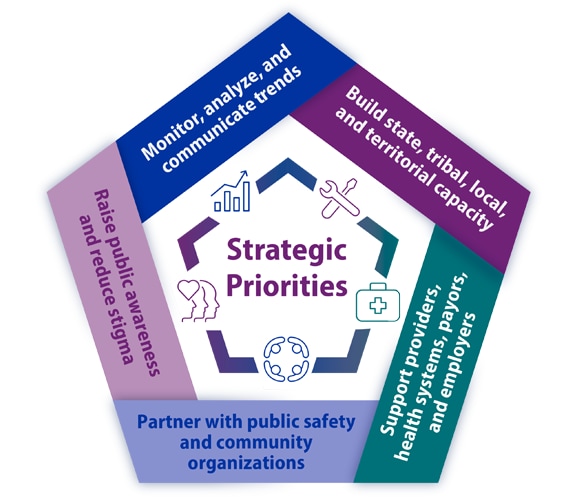NCIPC Overdose Funding
The Centers for Disease Control and Prevention (CDC) National Center for Injury Prevention and Control (NCIPC) funds programs in states, territories, tribes, counties, and cities to track and prevent overdose deaths.
State Snapshots
Select a funded state from the map or data table below to view a snapshot of the overdose surveillance and prevention activities in each state (including the District of Columbia) supported by NCIPC. Each snapshot contains:
- Overall overdose-related 2022 funding, including award categories and recipient information
- Key overdose-related statistics, including overdose death rates and counts
- Examples of how states are working to track and prevent drug overdose
Hover over the map to quickly view information about the funding and overdose-related statistics for each state. Use the filter to see which states are funded for each award category. For additional data, visit Overdose Data. For information specific to Native American and Alaska Native populations, please see Opioid Overdose Prevention in Tribal Communities
$248,073,474 |
State, Local, and Territory Health Departments |
$9,836,734 |
Research |
$13,000,000 |
Tribal Entity |
$6,691,225 |
Community |
Where We’ve Been
CDC’s national leadership and increased support to states, cities, counties, territories, tribes, and non-governmental organizations are working to prevent drug overdoses and deaths. Learn more about the key milestones and programs since 2014.
